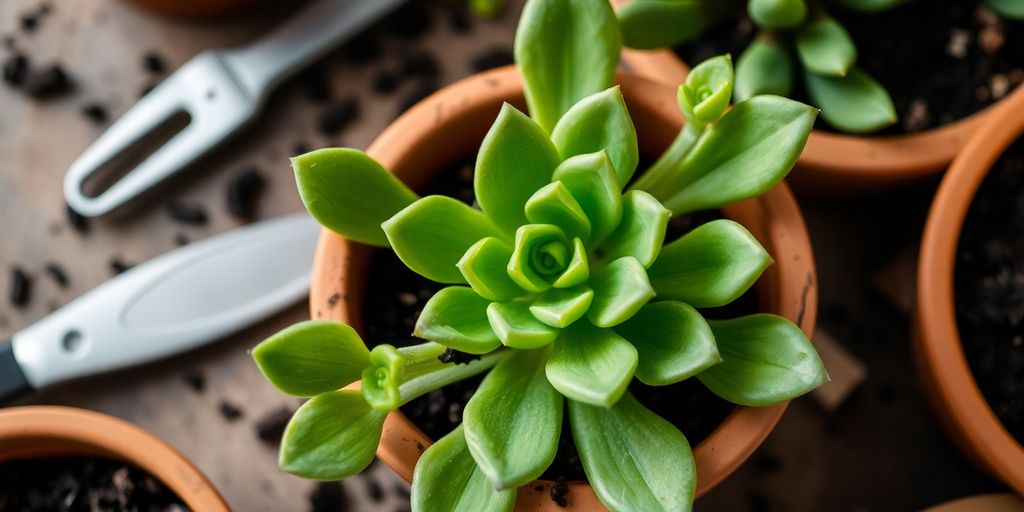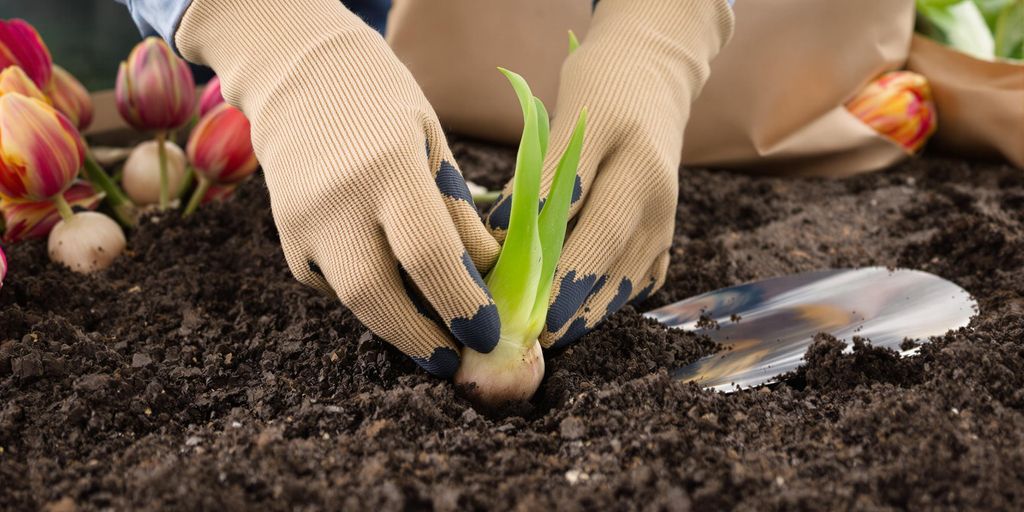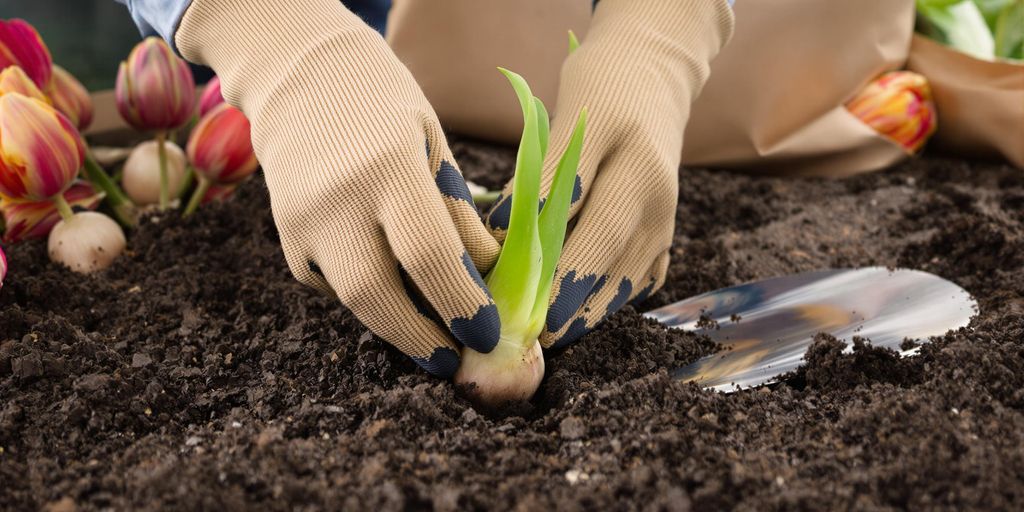Repotting succulents can be a rewarding experience for plant enthusiasts, ensuring that these resilient plants continue to thrive in their indoor environments. This guide provides essential tips and techniques for successfully repotting your succulents, whether you’re upgrading their pots or managing new growth.
Key Takeaways
-
Understand when to repot your succulents.
-
Gather the right tools and materials.
-
Follow a step-by-step process for successful repotting.
When To Repot Your Succulents
Repotting is necessary when:
-
Roots are visible: If roots are growing out of the drainage holes or above the soil surface, it’s time for a larger pot.
-
Soil is compacted: If water runs straight through the pot without being absorbed, the soil may be too compacted.
-
Stunted growth: If your succulent has stopped growing or is producing smaller leaves, it may need more space.
Tools And Materials Needed
Before you start, gather the following:
-
Fresh potting soil suitable for succulents.
-
A new pot that is 1-2 inches larger in diameter than the current one.
-
A trowel or spoon for transferring soil.
-
Scissors for trimming roots if necessary.
-
A plastic liner if using a pot without drainage holes.
Step-By-Step Repotting Process
-
Prepare Your Workspace: Lay down newspaper or a gardening mat to catch any soil spills.
-
Choose The Right Pot: Select a pot that is only slightly larger than the current one to prevent overwatering issues. Ensure it has drainage holes.
-
Remove The Plant: Gently squeeze the sides of the pot to loosen the soil. Tilt the pot and carefully pull the plant out, supporting the base to avoid damage.
-
Inspect The Roots: Check for any root rot or damage. Trim away any unhealthy roots with sterilized scissors.
-
Add Fresh Soil: Place a layer of fresh potting soil in the bottom of the new pot. Position the succulent in the center and fill around the sides with more soil, ensuring the top of the root ball is about an inch below the rim.
-
Water Thoroughly: After repotting, water the plant well until water drains from the bottom. This helps settle the soil around the roots.
-
Post-Repotting Care: Place the repotted succulent in a location with indirect sunlight and avoid watering for a week to allow it to adjust.
Tips For Successful Repotting
-
Timing: The best time to repot succulents is during the spring or early summer when they are actively growing.
-
Soil Choice: Use a well-draining soil mix specifically designed for succulents and cacti to prevent root rot.
-
Avoid Overwatering: After repotting, let the soil dry out completely before watering again to prevent stress on the plant.
By following these steps and tips, you can ensure that your succulents remain healthy and vibrant in their new pots. Happy gardening!



